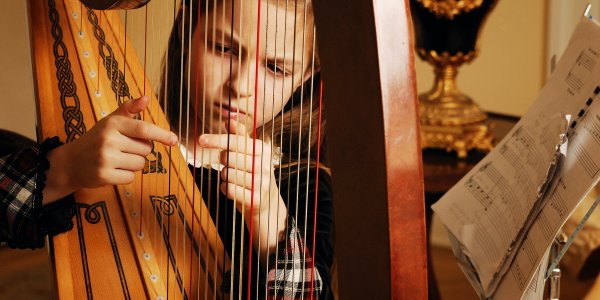The Soundtrack of a Generation: How Music Shaped the 1960s

The 1960s was a decade of profound social and cultural change, and music played a pivotal role in shaping and reflecting these transformations. From the folk anthems of protest to the psychedelic rock that accompanied a new era of experimentation, the 1960s produced a diverse and iconic soundtrack that still resonates today. In this article, we will explore how music became the heartbeat of a generation during this tumultuous decade.
The Folk Revival: Songs of Protest and Change
The 1960s began with the rise of the American folk revival. Folk music, characterized by its storytelling nature and acoustic instrumentation, became a powerful tool for social commentary. Artists like Bob Dylan, Joan Baez, and Pete Seeger used their music to voice the concerns of a generation. Songs like "The Times They Are A-Changin'" and "Blowin' in the Wind" became anthems for civil rights and anti-war movements. Folk music served as the voice of protest, capturing the zeitgeist of the era.
The British Invasion: The Beatles and Beyond
Across the Atlantic, the British Invasion brought a wave of excitement and innovation to the music scene. The Beatles, with their catchy melodies and harmonious vocals, captivated the world. Their appearance on "The Ed Sullivan Show" in 1964 marked a cultural turning point. Beyond the Beatles, bands like The Rolling Stones, The Who, and The Kinks left an indelible mark on rock and roll, transforming it into a global phenomenon.
The Psychedelic Revolution
As the 1960s progressed, the counterculture movement gained momentum, and with it came the psychedelic revolution. Psychedelic rock, characterized by its trippy soundscapes and experimental instrumentation, provided the soundtrack for a generation exploring new horizons through mind-altering experiences. Bands like Jefferson Airplane, The Grateful Dead, and Jimi Hendrix expanded the boundaries of music and consciousness.
Motown and the Sound of Integration
In Detroit, Motown Records created a soulful and vibrant sound that transcended racial barriers. Motown's roster of artists, including Marvin Gaye, Stevie Wonder, and The Supremes, produced hit after hit, reflecting the aspiration for racial harmony and integration in America. Motown's catchy tunes and polished performances showcased the power of music to unite people.
Woodstock: The Culmination of a Decade
The pinnacle of the 1960s music scene came in 1969 with the Woodstock Music & Art Fair. This iconic festival brought together nearly half a million people for a weekend of music, peace, and love. Performances by artists like Jimi Hendrix and Janis Joplin epitomized the spirit of the counterculture movement, and Woodstock became a symbol of the era's idealism and desire for change.
Conclusion
The 1960s was a decade of radical transformation and music served as both a catalyst and a reflection of these changes. It was a time when music wasn't just entertainment; it was a vehicle for social commentary, political activism, and self-expression. The songs of this era continue to inspire and resonate with subsequent generations, reminding us of the enduring power of music to shape culture and society.As we look back on the 1960s, we see a testament to the ability of music to both mirror and mold the world it inhabits. The music of this decade will forever remain the vibrant, evocative, and timeless soundtrack of a generation that dared to dream of a better world.


